Two 18th-century historic stone barns and Victorian slaughterhouse in the Yorkshire Dales brought back to life
The stone barns - known locally as laithes - were built to house dairy cows and hay during harsh winters, but since farming practices changed in the 1970s, many fell out of use and became derelict.
The Yorkshire Dales National Park Authority became concerned about the condition of many of them and sought funding to preserve their character and heritage.
Advertisement
Hide AdAdvertisement
Hide AdThey have now revealed the results of three recent restorations in areas where a pilot project that provides farmers and landowners with grant funding from Natural England and Historic England is running. Members of the public have also left legacy donations to the Swaledale and Arkengarthdale Barns and Walls Conservation Area scheme.
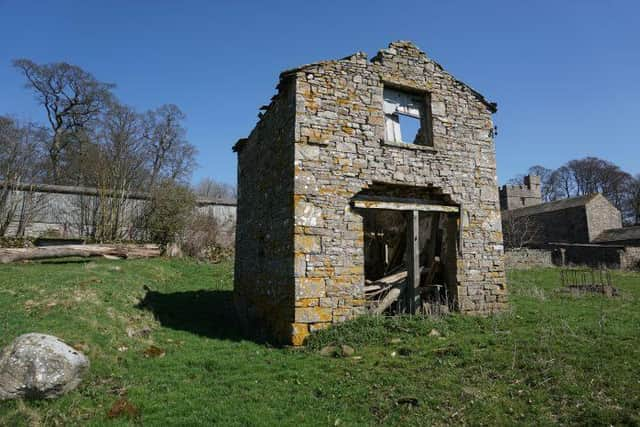

Since 2020, 12 such buildings have been brought back into use.
Henry Simpson's Barn, near Parcevall Hall, Wharfedale
Henry Simpson’s Barn in Craven is a Grade II*-listed building, recognised as being of more than special interest. It has been at risk for more than 20 years, with the loss of its stone roof causing exposed original timbers to deteriorate.
Henry Simpson’s Barn was built in 1737 on the estate of Richard Boyle, the 3rd Earl of Burlington. Henry Simpson was the agent for all of Burlington’s British estates. A surviving letter written by William Taylor, the local agent, to Mr Simpson in 1738 enclosed a full account of the barn including a quite remarkable sum of £126, 19 shillings, 5 pence.
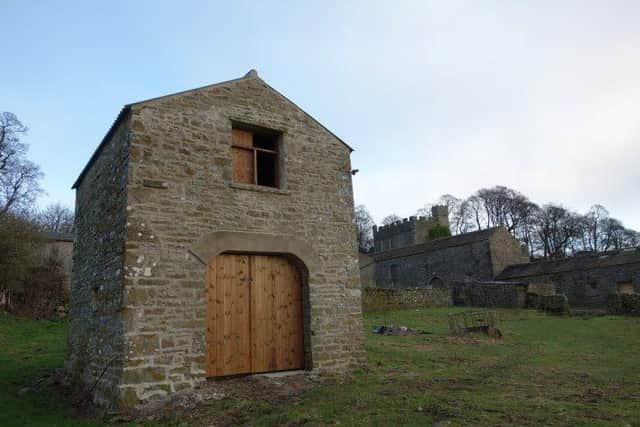

Advertisement
Hide AdAdvertisement
Hide AdMr Taylor noted: “You’ll doubtless think a large sum…however ‘tis effectually done and is a very useful handsome and perhaps one of the best finished barns in Craven.”
Nearly 300 years later, Henry Simpson’s has been carefully restored. Original roof timbers have been repaired and preserved under a new, lightweight roof covering.
Dykelands Barn at Scosthrop, near Airton
Dykelands Barn is Grade II-listed and has been at risk for more than a decade. It was built in 1703 and adjoins a Grade II-listed farmhouse of 17th century origins. The history of the settlement of Scosthrop goes back further, with the name “Scotorp” as recorded in the Domesday Book of 1086 likely deriving from the Old Norse “Scottr” meaning “Scotsman”, and “thorpe” meaning “outlying farmstead”.
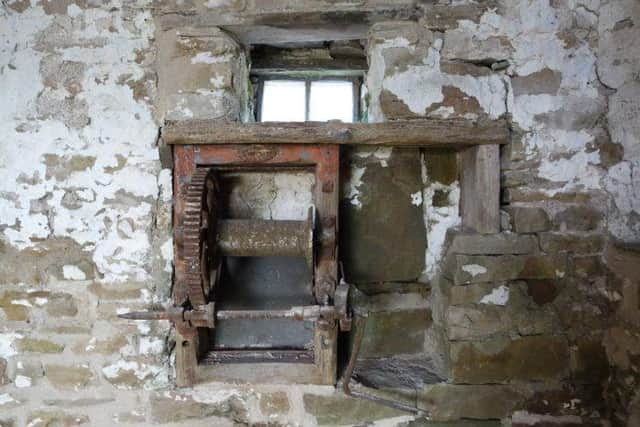

The building was suffering from very severe structural movement and needed significant repair works as well as full re-roofing. Following restoration works, the barn has been brought back into safe condition to be used as part of the working farm.
The Butching Garth at Nappa in Wensleydale
Advertisement
Hide AdAdvertisement
Hide AdThe Butching Garth at Nappa in mid-Wensleydale is a stone’s throw from Nappa Hall, an imposing fortified manor house built by the Metcalfe family in the 15th century.
James Metcalfe fought for King Henry V of England at the Battle of Agincourt in 1415, and was rewarded for his service with land at Nappa, upon which Nappa Hall was built. Nappa Hall is Grade I-listed and described by Historic England as being “probably the finest and least-spoilt fortified manor house in the north of England.”
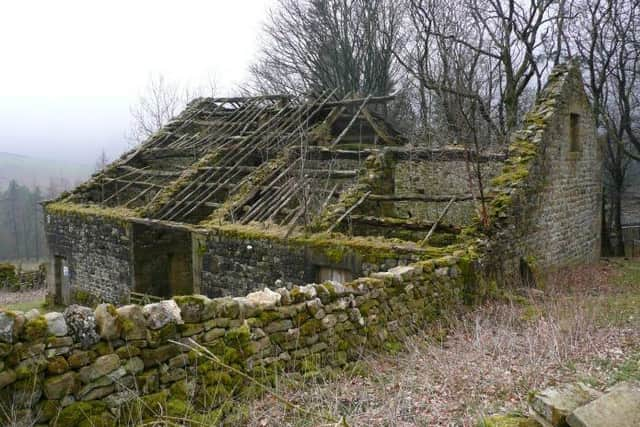

Butching Garth itself is a highly unusual building, being a 19th-century former slaughterhouse of which very few comparable examples exist. Its traditional stone roof collapsed about 10 years ago, resulting in the loss of much of the first floor internally. However, following restoration involving structural repairs and the provision of a new lightweight roof structure, the building has been put into a safe condition to be re-used as a sheep shelter.
Surviving internal features of the former slaughterhouse have been retained, including a mechanical winch set into the rear wall.
Advertisement
Hide AdAdvertisement
Hide AdYorkshire Dales National Park Authority conservation officer Peter Reynolds said: "Whilst it is fantastic to witness these and other traditional buildings being restored in the Yorkshire Dales, funding is available only to restore a very small proportion of the thousands of barns dotted throughout the landscape.
"For many redundant barns, the only option besides letting them gradually decay is conversion into a new use, which can give them a new lease of life and enable them to carry on being enjoyed by generations to come. This needs to be carried out in a sympathetic way to conserve the character and appearance of those barns and their wider landscape setting.
"Sadly, some barns aren’t suitable for re-use, often by virtue of their lack of physical capacity, remoteness or poor state of repair, and it is those buildings which are most at risk of vanishing from the Yorkshire Dales landscape forever.
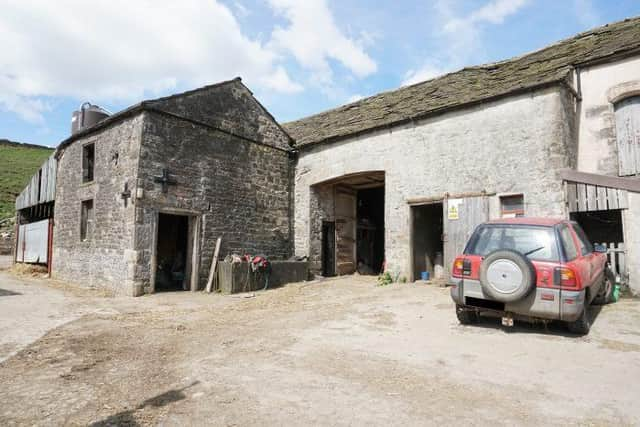

"The density and variety of traditional stone barns in the Yorkshire Dales is truly distinctive. The barns are testament to the resilience and hard work of upland farmers who have shaped the pastoral landscape of the Dales over several centuries.
Advertisement
Hide AdAdvertisement
Hide Ad"Most barns - locally called laithes or cow houses - were built to house milk cows and hay during the winter. Then in the 1970s farming practices changed significantly. The barns are no longer used for their original purpose. Without intervention they will inevitably deteriorate and be lost over time."

